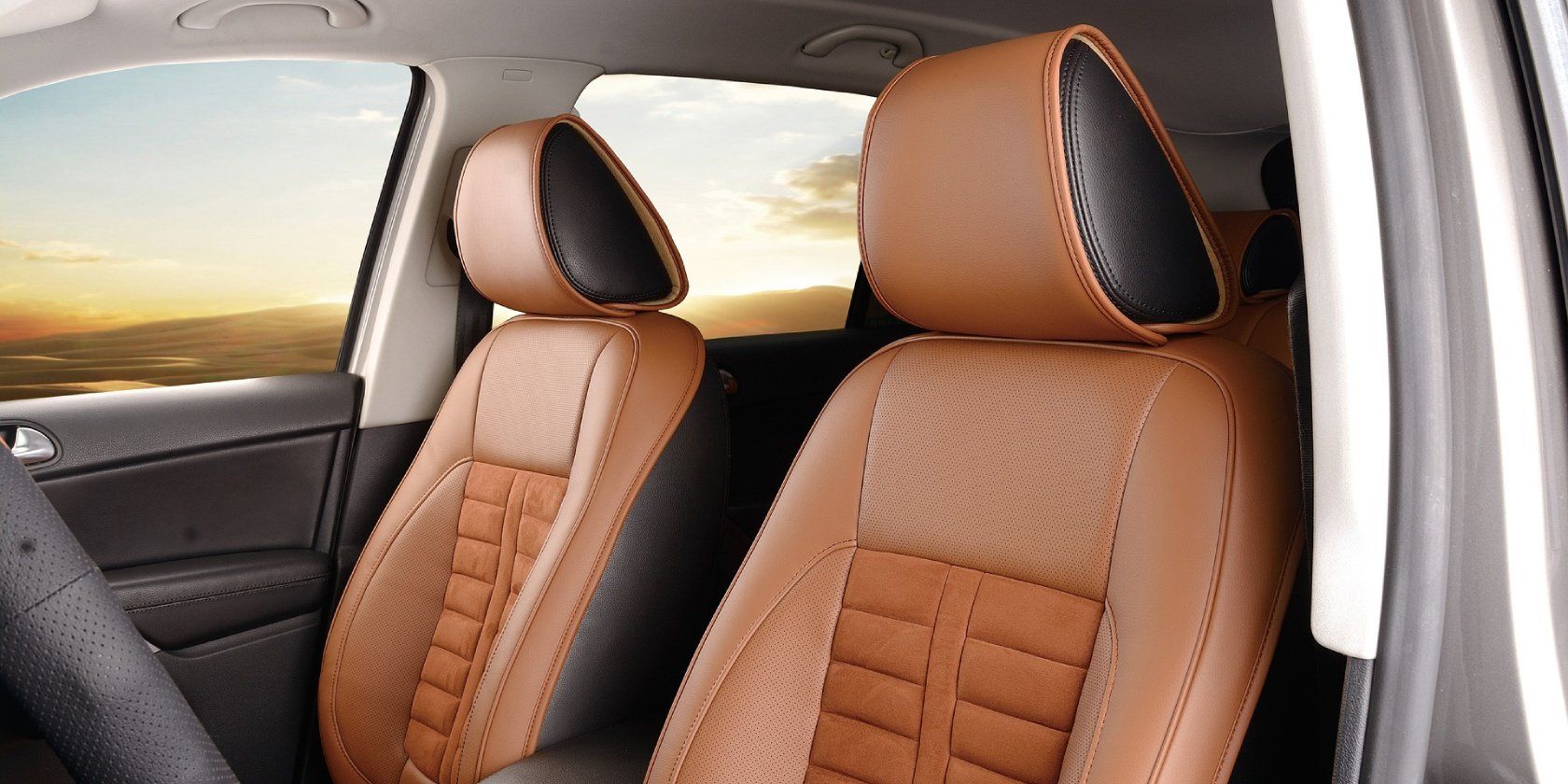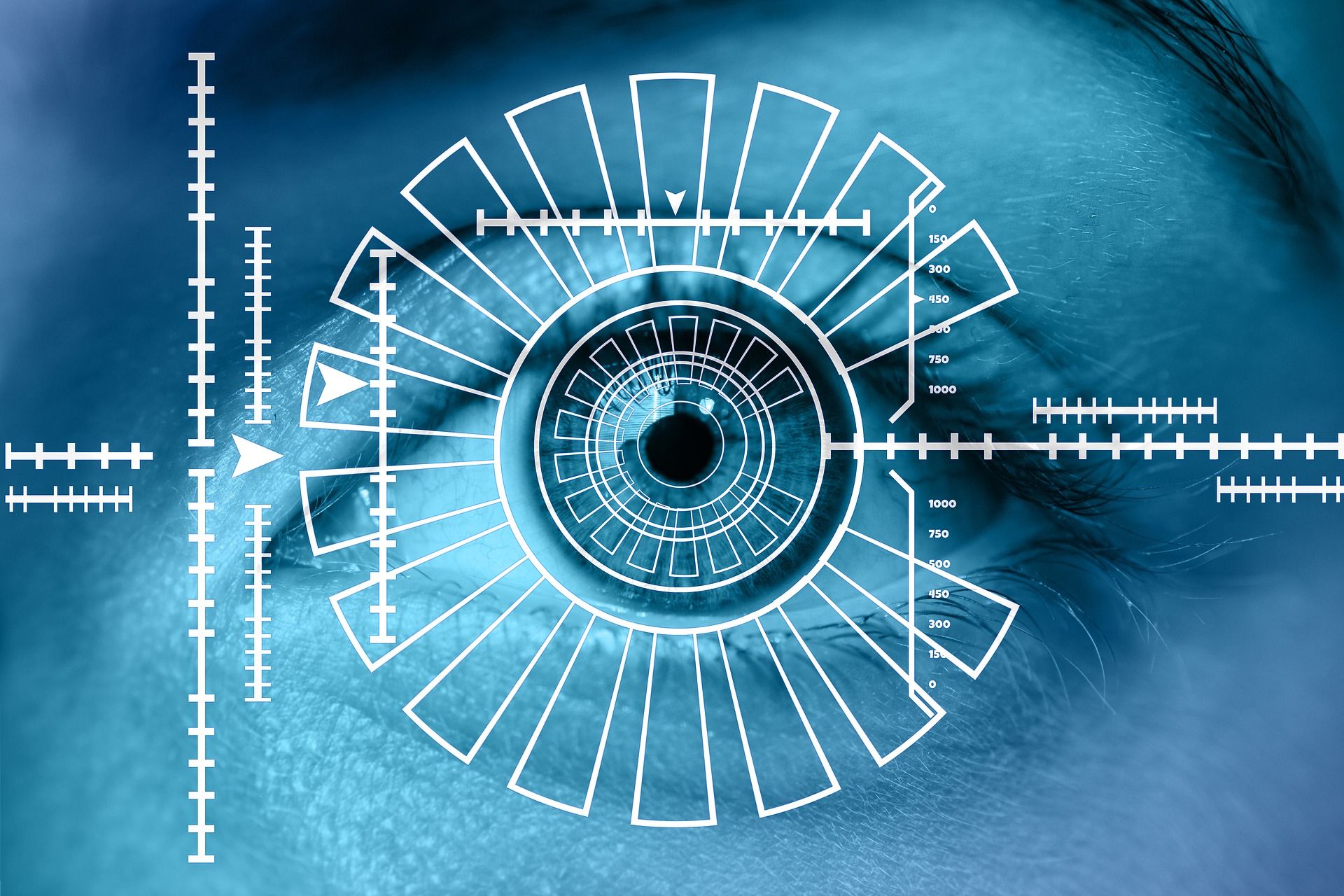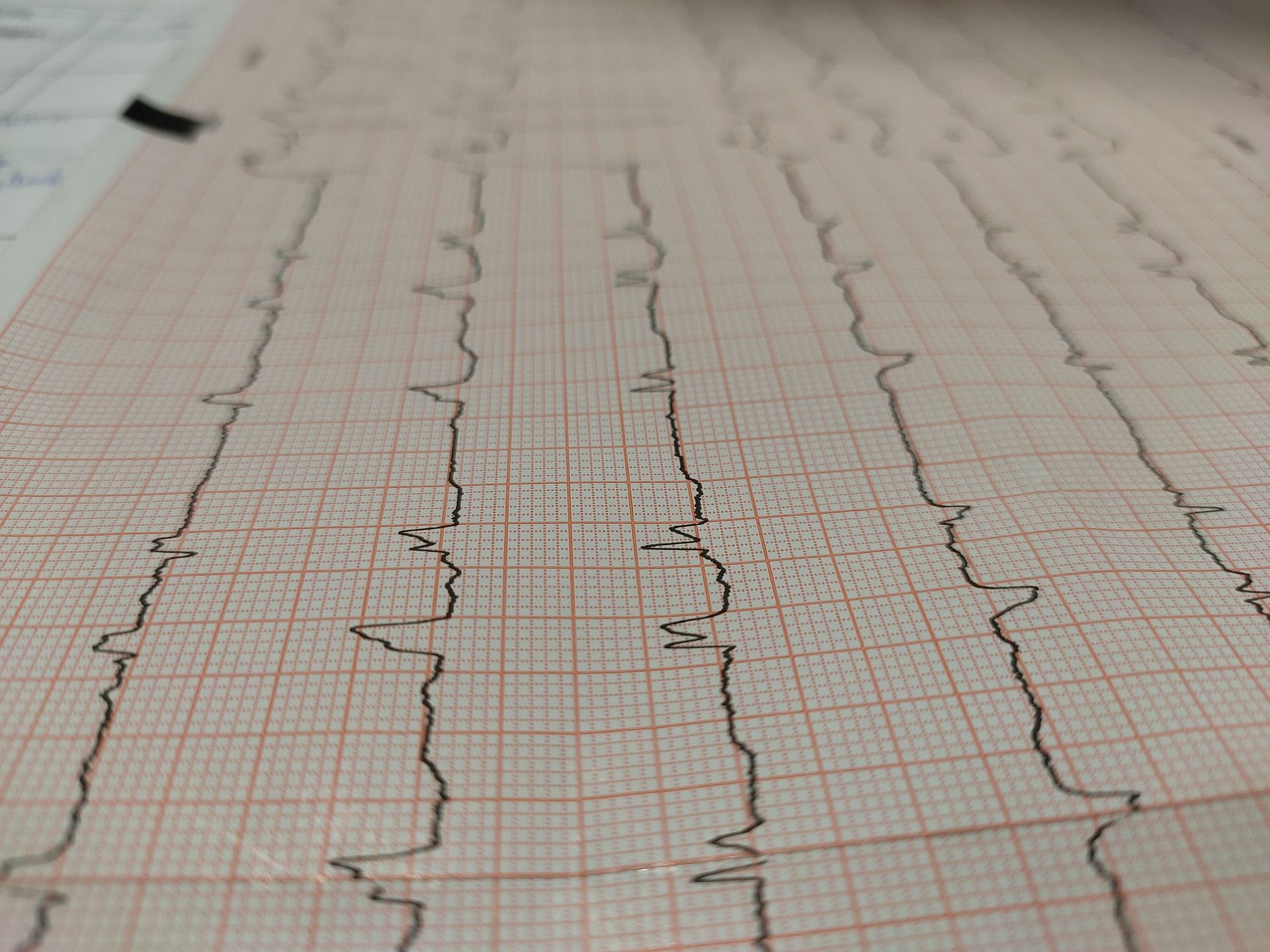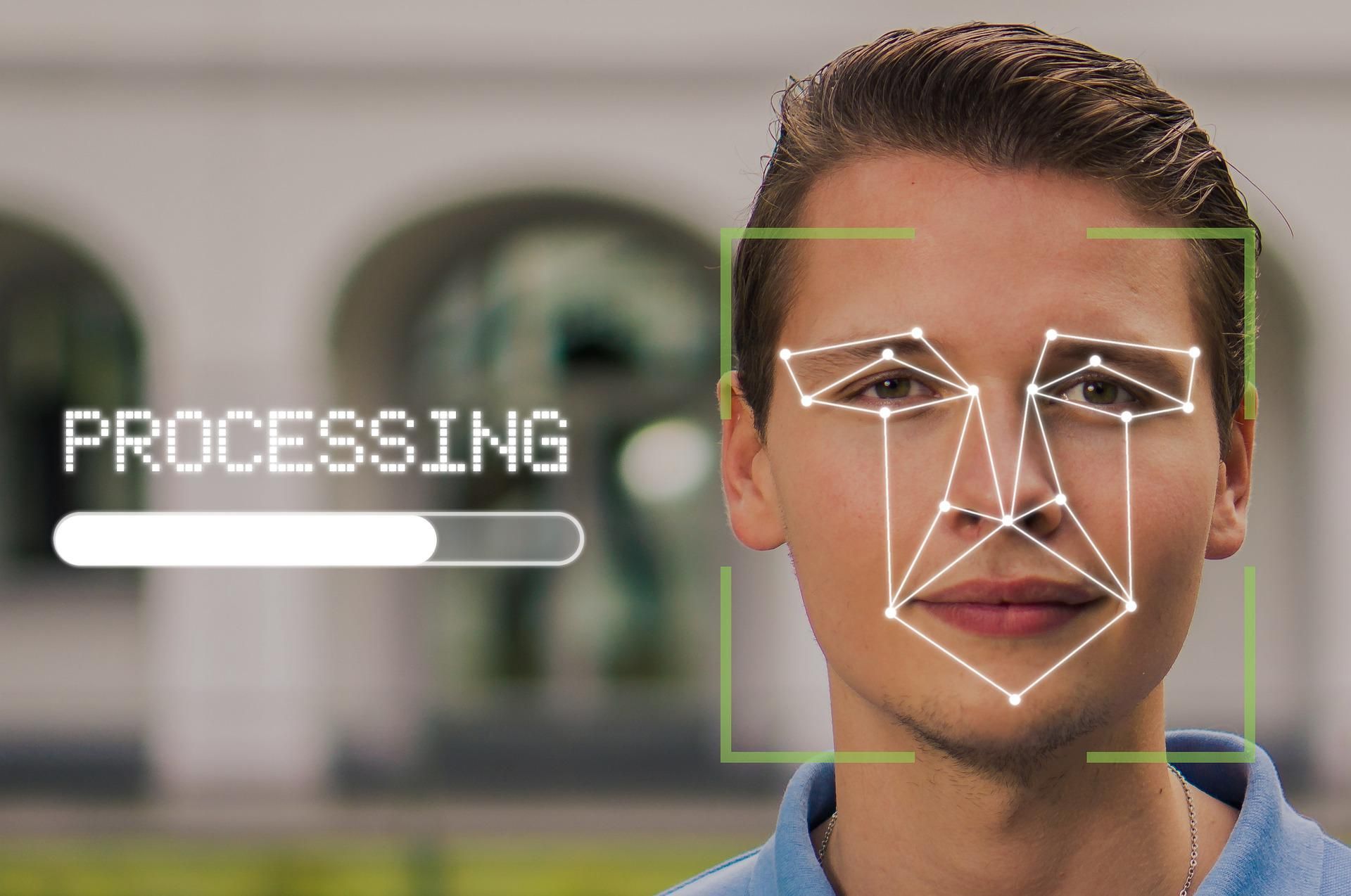Imagine you're driving, late for an appointment, and suddenly a car pulls out in front of you. As you slam the brakes, your seat, sensing your elevated stress, releases lavender scents and lowers the temperature. Biometric seats could make this our new reality. Yet, while fingerprint and facial recognition are increasingly ubiquitous in our phones and homes, biometrics have yet to become common in our vehicles.
From detecting drowsiness to preventing theft, the seats of the future will offer numerous safety and security benefits. However, some risks and questions remain unanswered.
How Do Biometric Seats Work?
Biometric data is information collected from our bodies by various technologies. Biometric sensors come in two broad categories: behavioral and physiological.
Behavioral sensors detect how you perform actions, such as how you type or how much pressure you apply when you sign your name. Physiological sensors measure physical features like your face, hands, eyes, scent, and temperature.
Certain physiological features are more permanent than others. For example, while it's easy to change your hair color, colored contact lenses do not significantly impair biometric iris recognition.
Understanding what biometrics are and how they work is the first step in predicting how they'll impact automotive seats.
A behavioral sensor could monitor whether you tend to sit still or fidget. It could detect your driving style by tracking the ways your legs move to brake and accelerate. A physiological sensor, on the other hand, might detect your butt print. Yes, you read that right. It may seem a bit weird, but biometric seats could identify us by our posteriors.
In 2011, researchers at The Advanced Institute of Industrial Technology in Tokyo designed seats with 360 pressure sensors to map the topography of the human tush. While one is left to wonder what happens if one puts on or loses a few pounds, this technology, which eliminates the need for retinal or facial scans, successfully identified drivers with 98% accuracy.
Biometric seats will likely have behavioral and physiological sensors that triangulate their findings via artificial intelligence (AI) algorithms. However, even with the best machine learning architecture, there are practical concerns. From a retail standpoint, manufacturers will need to manufacture seats that not only add value to the driving experience but also have aesthetic appeal.
What Will Biometric Seats Look Like?
No one is sure yet. Researchers are currently studying the least intrusive ways for biometric seats to collect data. And while we can't say exactly how they'll look, it's easy to predict certain biometric technologies they won't include.
For example, electromyography (EMG), which measures electrical activity in muscles and nerves, requires the insertion of needle electrodes. Not many people would agree to be hooked up to a bunch of electrodes for their daily commute, never mind inserting a needle in their flesh.
The most likely scenario is that the sensors will be inside the seats. However, this has inherent limitations as certain types of data collection require direct skin contact. For example, galvanic skin response (GSR) measures changes in sweat gland activity and hence, wouldn't work so well through your jeans.
This is why biometric seats will be paired with other technologies to form what is known as a multimodal biometric system. For example, Ford's algorithm to calculate the "driver workload estimator" relies on multiple inputs. There are sensors in the wheel to detect your heart rate and temperature. The seat belt is equipped with piezoelectric sensors, which convert pressure into electrical signals and monitor breathing rates. There is even discussion of installing electrocardiograms (ECGs), which can track the electrical activity of your heart, into seat belts.
Combine all of these features with infrared cameras on the dashboard that detects pupil dilation and facial features, and it's easy to imagine a world where our vehicles have more real-time insight into our health than our doctors.
The Benefits of Biometric Seats
It's a regular occurrence: A headline about someone crashing into a storefront, complete with pictures of smashed glass and crinkled hoods. Sometimes these accidents are caused by vehicle malfunctions or driver distractions; other times, medical issues are the culprit.
The National Highway Traffic Safety Administration [PDF] (NHTSA) estimates that 1.3% of all car crashes are caused by medical emergencies. A seat that could warn you if you were about to have a seizure or heart attack would help to prevent these tragedies. Besides medical emergencies, falling asleep behind the wheel is a real danger.
An NHSTA survey reports that 37% of US drivers have had this terrifying experience. Biometric seats could anticipate drowsiness by monitoring body heat loss. In conjunction with cameras that monitor blinking rate and facial expressions, your vehicle would inform you to stop or even take active measures to keep you awake, such as changing the climate settings. If you were unresponsive, your vehicle might bring you to a safe stop.
In addition to drowsiness, driving under the influence is another cause of accidents. Apple filed a patent in 2021 for technology that could stop you from drunk driving by using a personal breathalyzer. Overall, it's reasonable to expect a future in which vehicles have more features to detect when we are unsafe to drive. Biometric seats will work together with these technologies to keep us safer.
Besides safety, security is one clear benefit of biometric seats. Identifying a driver could not only eliminate the need for keys but also make it more convenient to rent a car. But like all technologies, biometric seats could be a Faustian bargain...
The Potential Dangers of Biometric Seats
Almost everyone clicks "Accept" without reading through the reams of legalese that describe how companies use our data. Even if you take the time to read it, the language is often ambiguous, and you're left in the dark regarding how your data will be used. Given the nature of the biometric information, this represents a huge risk. In fact, biometric seats could threaten privacy at both personal and societal levels.
Consider this dystopian scenario: Your vehicle is hacked, and your biological data is stolen. Armed with this highly personal information, a criminal unlocks your home, then your email. The possibilities are terrifying, and it's no wonder people question how secure biometrics truly are.
At a macro scale, what if health insurance premiums and car insurance premiums became tied together? In some states, it's currently legal to base insurance premiums on credit scores. The actuarial justification is that people with lower credit scores have a higher accidental potential. What if AI finds a link between certain health conditions and the likelihood of filing a claim? Even if a valid statistical correlation did exist, this would punish individuals with perfect driving records simply based on their health.
At the day-to-day logistical level, there are likely to be challenges, especially depending on how the technology is rolled out at scale. For example, in the case of identity verification, there must be an initial enrollment where the vehicle learns to recognize your features, whether it's the texture of your iris or your butt print. Mistakes are bound to happen, and just as automatic speech recognition technology continues to struggle with non-native accents, some people are likely to have more headaches than others.
What's Ahead for Biometric Seats?
From airports to trains to vehicles, biometric technologies hold the promise of increased safety and convenience. When this will become commonplace is very much up for debate. While there are impressive automated vehicle safety technologies that save lives already in place, automotive biometrics is a new frontier. The technology will likely appear in high-end vehicles, then trickle down into more affordable models.
From verifying identity to monitoring physical and psychological states, biometric seats can potentially change how we live. Seeing as this technology has the potential to both save and destroy lives, it will have to be regulated by ironclad security protocols. Consumers must demand transparency and understand what they are sharing, with whom, and why.
The future will be nothing if not exciting as automotive biometric technologies become integrated into the autonomous vehicles and smart cities of tomorrow.





